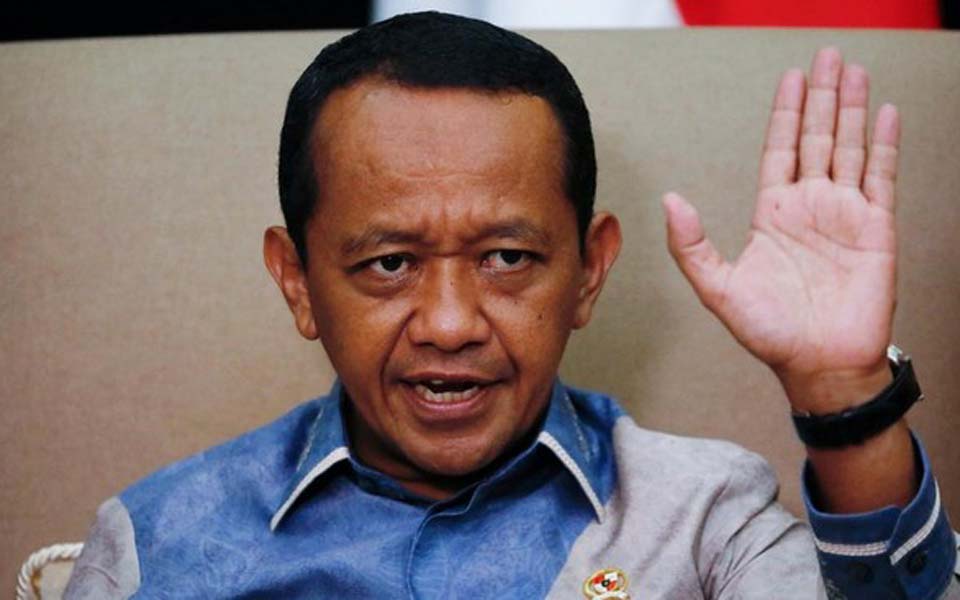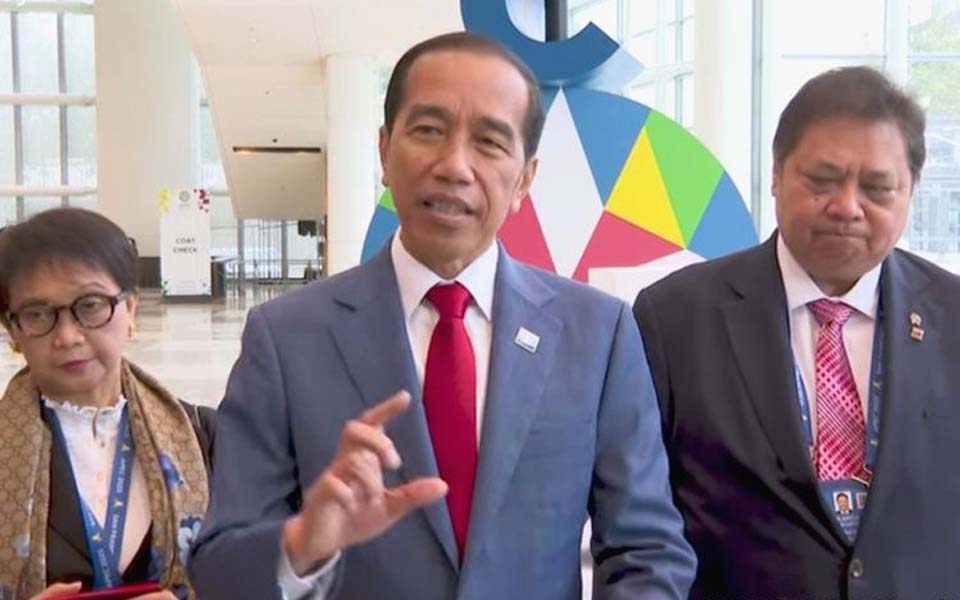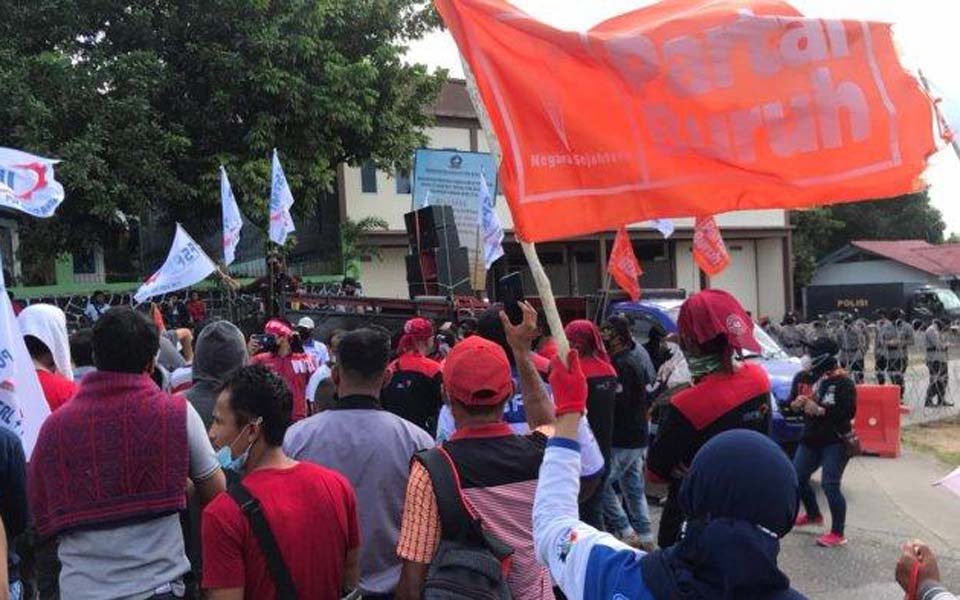Jakarta – In the midst of a global crisis, Indonesia’s economic growth recorded a positive result. Economic growth for the second quarter of this year reached 6.4 percent compared with the same period last year.
Economic growth continued to be centred in Java Island contributing 57.5 percent. In cumulative terms, economic growth for the first semester of 2012 was an improvement on first semester economic growth for 2011, which was 6.3 percent.
“Although still centred in Java, regions outside Java also began to record significant economic growth, particularly in Sulawesi. Economic growth in Sulawesi for the second quarter reached 4.6 present compared with the previous quarter of only 4.5 percent. This improvement was cause by a growth in mining industry and agricultural products”, said Central Statistics Agency (BPS) chairperson Suryamin during a press conference in Jakarta on Monday August 6.
Suryamin said that gross domestic product (GDP) at current market prices for the second quarter of 2012 reached 2,050.10 trillion rupiah [US$ 215.25 billion]. The three sectors that recorded the highest growth (quarterly) were trade, hotels and restaurants, accounting for 5.2 percent, electricity, gas and drinking water, 4.6 percent, and construction 4.4 percent.
Meanwhile for annual growth, the transportation and communication sector grew by 10.1 percent, trade, hotel and restaurants 8.9 percent, and construction 7.3 percent.
GDP for the second quarter of 2012 was dominated by manufacturing, plantations, trade, hotels and restaurant sectors, each contributing 23.5 percent, 14.8 percent and 13.8 percent respectively. The structure of GDP according to spending for the second quarter of 2012 was dominated by household spending amounting to 53.5 percent.
In addition to this, GDP was also supported by gross fixed capital formation (GFCF) and government expenditure, which provided a contribution of 32.9 percent and 9 percent respectively, along with exports at 24.3 percent and imports at 26.6 percent.
President Susilo Bambang Yudhoyono welcomed the positive economic growth for the second quarter noting that this growth has occurred in the midst of a global economic crisis.
Anomaly
According to economic observer Salamuddin Daeng from the Institute for Global Justice (IGJ), Indonesia’s economic growth can be categorised as an anomaly because it is not accompanied by improvements in living standards.
There are four reasons for this anomaly said Daeng. First, Indonesia’s economy is driven by foreign debt, which continues to grow. “Indonesia’s [foreign] debt has accumulated to 2.870 trillion rupiah [US$ 301.35 billion]. Debt has become the government’s principle source of income and is the driving force of economic growth”, he explained.
Second, economic growth is driven by increased consumer spending based on the rising cost of basic goods and food, which is sustained by a growth in credit, particularly consumer credit.
The third factor is economic growth is driven by raw material exports such as minerals, oil and gas and plantation and forestry products, so there is little creation of added value and employment opportunities. Finally, economic growth is driven by foreign investment resulting in the country’s natural resources increasingly being controlled by foreigners.
Economic observer A. Tony Prasetiantono from Gadja Mada University (UGM) in Yogyakarta said that the domestic sector is sustaining national economic growth. “The transmission of the global crisis through a decline in exports and a trade account deficit will only be felt in the third and fourth quarters of this year. Moreover the contribution of exports to GDP is not significant”, said Prasetiantono.
A similar view was conveyed by economist Mirza Adityaswara. A number of domestic sectors are growing because they are driven by low interest rates, which are apparent from a growth in credit of 26-28 percent (annually), which is simultaneously driven by low fuel prices (BBM), which are still subsidised by the government.
“So from this, high [economic] growth is being experienced by sectors orientated towards domestic [markets], such as trade, manufacturing, the automotive industry, transportation, communication and construction”, said Adityaswara, adding that the consequence of high growth in sectors orientated towards the domestic market is a tendency for the trade account deficit to steadily rise.
According to Prasetiantono, faster and more government spending has also been enough to assist economic growth. In concert with this, keeping inflation below 5 percent has helped slightly although this will have an effect, namely energy subsidies will continue to increase, which is not in fact a healthy trend. (ENY/BEN/ATO/MAS)
[Ekonomi Tumbuh Signifikan, Kesejahteraan Masih Rendah – Kompas. Rabu, 07 Agustus 2012. Slightly abridged translation by James Balowski.]















